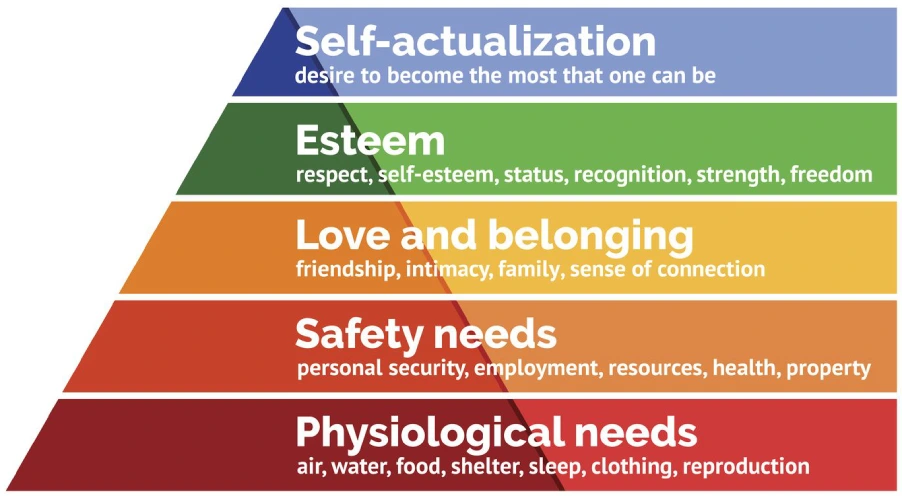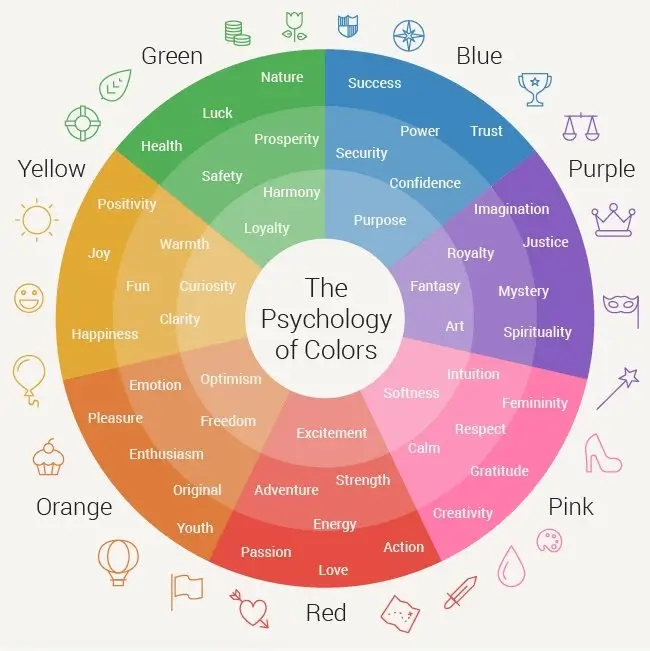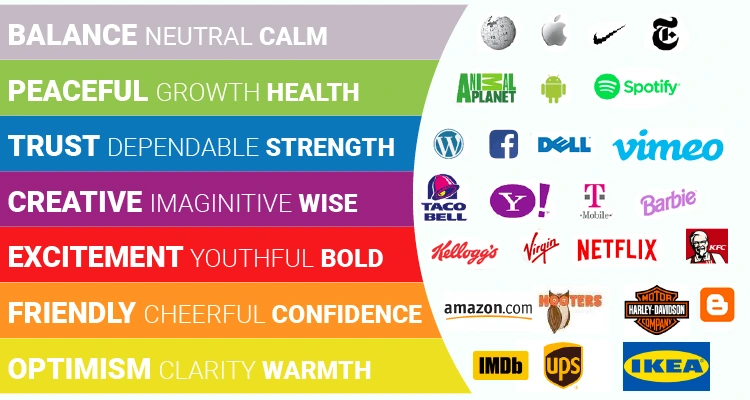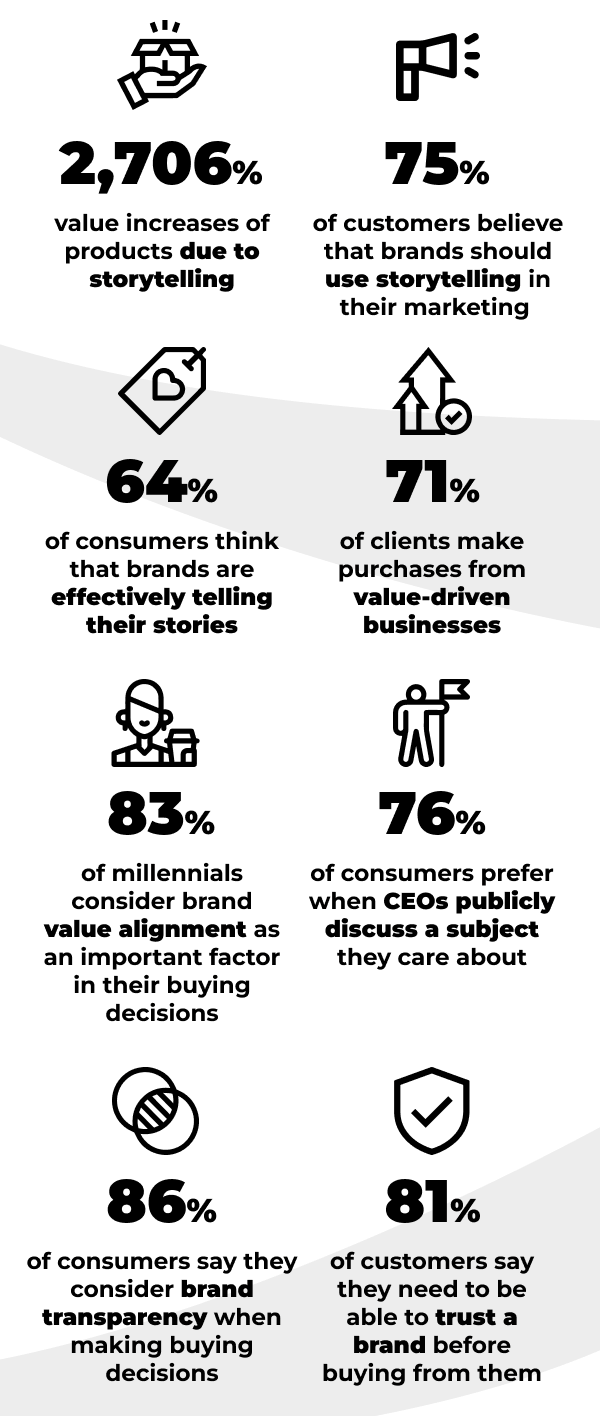The Psychology Behind Successful Marketing Campaigns
We all remember our favorite commercials. We talk about them with friends, family and co-workers. Who can forget “Mean” Joe Greene tossing his jersey to the little kid who gave him a Coke? “Have a Coke and a Smile” (1979) is arguably one of most memorable taglines of its time.
And we all remember the “Crying Native American” (Iron Eyes Cody) in the Keep America Beautiful commercial of 1970.
How could we forget the “Budweiser Wassup” ad that had us all imitating the expression with our friends. This one makes me laugh everytime I watch it.
And one of my favorite commercials of all-time, the Wendy’s “Where’s the Beef” commercial.
I could go on and on, but I’m sure you get the gist of my point. These ads, especially the ones that stick with you, all do the same thing: they make you feel something—whether it’s laughter, inspiration, empathy, or a trip down memory lane. Also, they usually have a message that hits home and resonates with you, ensuring you remember the brand long after the ad is over.
Basically, good marketing works by really getting what makes people tick—like understanding what they want and how they think. Using things like emotions, social cues, and how our brains work, marketers can create ads and memorable images that really hit home with the folks they’re trying to reach. By knowing what makes people tick, marketers can make better ads, build stronger brands, and keep customers coming back for more.
Emotions play a fundamental role in influencing marketing efforts, serving as powerful drivers of consumer behavior. By understanding and effectively leveraging these emotions, marketers can create compelling campaigns that resonate with their target audience, driving engagement, loyalty, and ultimately, business success. Whether it’s pulling at our heartstrings, giving us a good laugh, or striking a chord of relatability, unforgettable ads and commercials are crafted to influence our psyche deliberately, compelling us to connect with the brand they represent.
It’s all part of Maslow’s Hierarchy of Needs, a theory that categorizes human needs into five levels, from basic physiological needs like food and shelter to higher-level psychological needs such as self-esteem and self-actualization. It suggests that individuals must fulfill lower-level needs before progressing to higher ones, shaping the understanding of human motivation and behavior.
Understanding the Basics: Maslow’s Hierarchy of Needs
Maslow’s Hierarchy of Needs is at the core of consumer behavior, which is broken into five levels:
- Physiological – basic survival needs
- Safety
- Love and belonging
- Esteem
- Self-actualization
This hierarchy of needs guides marketing by aligning products or services with fundamental human desires. Recognizing and addressing these needs in campaigns creates emotional connections, which can influence consumer behavior. This psychological framework guides strategies by enabling marketers to resonate with their audience on a deeper level, often fostering more engagement and brand loyalty.
Maslow’s Hierarchy of Needs

Beyond Maslow: The Role of Emotions
While Maslow’s Hierarchy provides a foundational understanding, effective marketers recognize the significance of emotions in decision-making. Emotions play a pivotal role in shaping consumer preferences and behaviors. Brands that evoke positive emotions through storytelling, relatability, and authenticity often establish strong connections with their target audience.
Emotional Resonance
Emotions lie at the heart of human decision-making. Whether it’s joy, fear, excitement, or nostalgia, emotions play a significant role in shaping consumer behavior. Successful marketing campaigns tap into these emotions, creating connections that go beyond mere transactions. By evoking emotional responses, brands can forge strong bonds with their audience, leading to increased brand loyalty and advocacy. Learn more about the emotions of marketing campaigns by reading, Emotional Triggers in Marketing: Leveraging Psychological Principles for Consumer Engagement.
However, it’s crucial to strike the right emotional chord. Different emotions resonate with different audiences; therefore, understanding the demographics, preferences, and psychographics of your target market is paramount. Whether it’s using humor to appeal to millennials or nostalgia to tug at the heartstrings of baby boomers, aligning emotional cues with audience segments can amplify the effectiveness of your marketing efforts.
For B2B brands, it’s mostly about solving a problem. A mentor of mine would always remind me, “if you can figure out a way your product fixes the problem that keeps them up at night, you’ll sell a lot of products.”
For B2C brands, it’s all about pleasure, fear, and guilt. For example, a 2017 poll revealed, 41% of women between the ages of 18 and 25 felt pressured to “not wear the same outfit twice when going out.” This fear of repeating an outfit compels female consumers to buy more and more clothing.
Brands that understand the nuances of human emotions can create campaigns that forge lasting connections. Creating a campaign that taps into the universal desire for belonging or the thrill of adventure can leave a lasting impact.
Understanding Consumer Psychology
I speak constantly about how understanding your target audience is paramount to successful marketing – just read any of my articles about effective marketing strategies and you’ll see “Identify Target Audience” covered. In order to get the most accurate picture or sense of your target audience, you have to explore consumer psychology. Successful campaigns tap into the emotions, desires, and pain points of your audience.
Apple is perhaps the best brand at appealing to human emotions, needs and desires. Apple presents itself as a space to express your creativity, join a technological revolution, and gain respect from those who acknowledge your role in this cultural shift. Hitting on three of Maslow’s Hierarchy points allows Apple to get into the psyche of a huge audience on numerous levels.
So how do you get the intel on the psychology of your target audience? In-depth market research, surveys, and analytics can shed light on valuable insights such as demographics, purchasing habits, and satisfaction levels. This information enables marketers to craft messages that resonate with their audience on a profound level. It also helps businesses tailor products and make informed decisions, ultimately boosting competitiveness and profitability.
Neuroscience and Consumer Behavior
Color and design are big pieces of the marketing equation. The impact of color and design elements can influence the subconscious mind, triggering specific responses. For instance, the use of warm colors like red and orange can evoke a sense of urgency, while cool colors like blue and green can convey calmness and trust.
Understanding the principles of neuroscience allows marketers to make informed decisions about visual elements, creating a more compelling and persuasive narrative. Using specific colors, typography, layout, and overall design aesthetics for branding, websites, advertising creative, and sales materials can subconsciously influence a consumer’s attitude towards your company and whether you’re a good fit for them, before they even learn about your products or services. Being cognizant of how colors influence your target audience is a key element to your success. Don’t think colors affect a buyer’s perception of your business? Well, consider this: In a study called “Impact of color on marketing,” researchers found that up to 90% of snap judgments made about products can be based on color alone. 90%! So, choose your brand colors wisely.
Neuromarketing: Unveiling the Brain’s Secrets
Neuromarketing takes the understanding of consumer behavior a step further by examining brain activity in response to marketing stimuli. Through techniques like fMRI scans and eye-tracking, marketers gain insights into how the brain processes and reacts to various elements of a campaign.
Using website heatmaps through products like Hotjar, gives you behavior analytics and feedback data to help you empathize with and understand your customers. Hotjar heatmaps show you how visitors read your site, where they clicked and why they dropped off, among other valuable insights. All this knowledge helps guide design and refine strategies and ensures that every aspect of a campaign resonates with the target audience on a neurological level.
Leveraging Cognitive Biases
Human cognition is riddled with biases, shortcuts, and heuristics that influence decision-making processes in predictable ways. Marketers who understand these cognitive quirks can leverage them to their advantage, nudging consumers towards desired actions without them even realizing it.
One such cognitive bias is the anchoring effect, where individuals rely heavily on the first piece of information encountered when making decisions. A study by Digital Doughnut found that 80% of people read the headline copy, but only 20% read the rest.
Additionally, a 2018 Pew Research Center survey found that a majority of people (81%) say they rely a lot on their own research – others say they rely a lot on friends and family (43%) or professional experts (31%). Insights like these can steer content marketing decisions to educate those who do their own research, while adding ratings, comments and customer testimonials to appeal to those who rely more heavily on what others have to say.
By strategically positioning products or pricing options, marketers can anchor consumers’ perceptions and guide their decision-making process towards more favorable outcomes.
Similarly, the scarcity heuristic exploits the fear of missing out (FOMO) by creating a sense of urgency or scarcity around products or promotions. Limited-time offers, exclusive deals, and countdown timers trigger the innate desire to secure scarce resources, compelling consumers to act swiftly to avoid potential loss.
The bandwagon effect – or “keeping up with the Joneses” – is another cognitive bias tactic that can be strategically used in marketing campaigns.
By aligning messages with these biases, marketers can guide consumers towards favorable choices and, ultimately, purchase.
Storytelling and Brand Narrative
Storytelling has been an integral part of human communication for thousands of years. Our brains are wired to crave narratives that resonate with our experiences, beliefs, and aspirations. Successful marketing campaigns leverage the power of storytelling to captivate audiences, elicit emotional responses, and drive engagement.
Incorporating a cohesive brand narrative across all marketing channels is critical for establishing consistency and to strengthen the brand-consumer relationship – consistency is key.
Brands that craft compelling narratives not only capture attention, they also create a lasting impact on the minds of consumers. Incorporating relatable characters, challenges, and resolutions in marketing campaigns fosters a sense of connection, making the brand more memorable and resonant.
A compelling brand narrative goes beyond product features and benefits; it weaves a cohesive story that resonates with consumers on a deeper level. Whether it’s highlighting the journey of overcoming adversity, celebrating shared values, or envisioning a brighter future, storytelling humanizes brands and fosters authentic connections with consumers.
Furthermore, incorporating elements of suspense, surprise, and resolution keeps audiences engaged and eager to uncover the next chapter of the brand’s story. By transporting consumers into a narrative world where they see themselves as protagonists, brands can create memorable experiences that leave a lasting impression. Story Brand Marketing brilliantly outlines this methodology.
Brands that do it best, incorporate storytelling techniques that create an emotional connection with their audience. They leverage user-generated content to foster authenticity and trust. They also use multimedia content like interactive videos, webinars, podcasts, and infographics to cater to diverse preferences. These are all techniques you can use to craft your brand story to grab, and keep, the attention of your target audience.
Building Trust and Credibility
Let’s face it, we live in an era plagued by skepticism and distrust. As a result, establishing trust is imperative for brands looking to succeed in the long run. Consumers are inundated with marketing messages daily, and they’ve become numb to messaging and adept at filtering out anything that appears disingenuous or insincere. To break through all the noise, marketers must prioritize authenticity and transparency in all their communications.
One effective way to build trust is through social proof. Testimonials, reviews, and endorsements from satisfied customers serve as powerful validation for potential buyers. Reviews work and here’s proof: 72% of consumers will wait until they read reviews before taking action. (MyTestimonialEngine)
It turns out, as attractive as your marketing is – you need customer reviews. Big time. There’s no way around it. Check out these stats that prove it:
- 92% of B2B buyers are more likely to purchase after reading a trusted review. (G2 and Heinz Marketing)
- For every one-star increase that a business gets on Yelp, they see a 5-9% increase in revenue. (Harvard Business Review)
- When a product gets five reviews, the likelihood of it being purchased increases by 270%. (Spiegel)
- When higher-priced items display reviews, the conversion rate increases by 380%.(Spiegel)
Incorporating social proof into marketing materials instills confidence in the brand and reduces perceived risk, nudging consumers closer to conversion.
Furthermore, brands that demonstrate genuine concern for social and environmental issues can foster deeper connections with socially conscious consumers. The fact is, 77% of consumers are motivated to purchase from companies committed to making the world a better place. By aligning with causes that resonate with their values, brands showcase their commitment to making a positive impact beyond profit margins, earning admiration and loyalty from conscious consumers.
Personalization Beyond Basics
Personalization is a buzzword in modern marketing. However, it’s crucial to move beyond basic personalization. Utilize advanced algorithms and machine learning to tailor content dynamically based on user behavior, preferences, and demographics. This level of personalization ensures that each customer receives a bespoke experience, enhancing engagement and conversion rates. Don’t believe it? Check out these eye-popping stats for personalization in marketing:
- 76% of consumers say they’re more likely to purchase from brands that personalize.
- 83% of consumers are willing to share their data to create a more personalized experience.
- 84% of consumers say being treated like a person, not a number is very important to winning their business.
- 82% say that customer experience personalization influences brand choice at least half of the time when shopping.
- 78% say they’re more likely to recommend brands that personalize as well as make repeat purchases.
- 84% of consumers are more inclined to buy from businesses that offer personalized deals.
Building Relationships, Not Just Transactions
Establishing a strong emotional connection fosters customer loyalty and advocacy. Implement customer loyalty programs, engage in two-way communication through social media, and prioritize customer feedback. Humanize your brand by showcasing the faces behind the company, telling stories of employees, and sharing the brand’s journey.
Conclusion
Effective marketing campaigns are a delicate balance of psychology, creativity, and strategy. By understanding the fundamental needs, emotions, and cognitive processes of consumers, marketers can create campaigns that resonate on a deeper level. The integration of storytelling, neuromarketing, social proof, and ethical considerations elevates campaigns, fostering genuine connections between brands and their audience.
By embracing these strategies and continually adapting to the evolving landscape, marketers can create campaigns that not only capture attention, they also foster lasting connections with their audience. The key lies in a balance between creativity and strategic execution, ensuring that each campaign is not just a marketing effort but a meaningful interaction that resonates with consumers on a personal level.
Remember, success is an ongoing process that requires continuous learning, adaptation, and a genuine commitment to delivering value to your audience. Keep exploring innovative approaches, stay attuned to market trends, and let your campaigns be a testament to the dynamic and ever-evolving nature of the marketing landscape.



